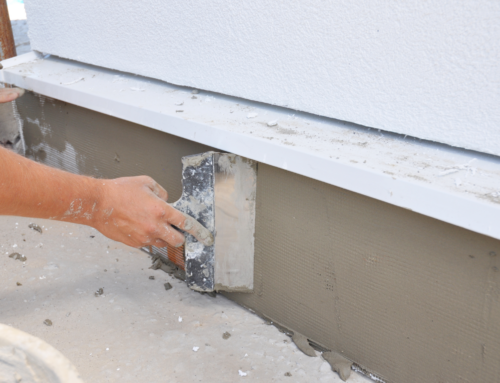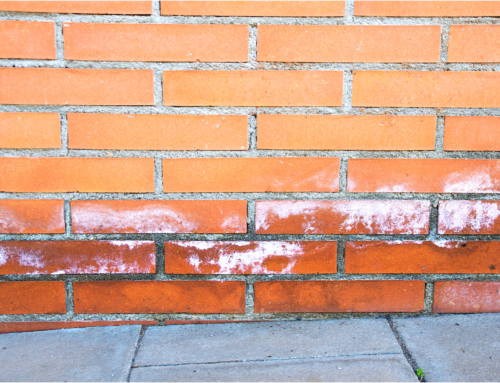Fall is a great time of year to think about how to keep your basement dry in the coming months of rain, sleet, and snow. Taking these important proactive steps will help ensure dry basement this winter and into the spring:
Check the gutters.
Throughout the fall, your gutters may become filled and clogged with leaves, twigs, falling debris, and maybe even an abandoned bird’s nest. The first step is to have your gutters inspected. While this can be done on your own using a tall ladder, it is best to have a professional do the job. They are experienced in the safety measures needed for cleaning gutters and can make any repairs that you might need while there. Clean and clear gutters will ensure that water doesn’t pool near your house and find its way into your basement.
Check the downspouts.
And while you are at the gutter checking, inspect those downspouts, too. Downspouts should redirect the water at least six to eight feet away from the foundation of your house. And be sure be sure to check for leaks in the downspouts and fix them right away.
Check the grading of your property.
The perimeter grading around your home should be moving away from the house. If it’s not, it can lead to water damage and basement moisture or flooding. Why? If the grading slopes toward your home, water can pool near the foundation. If there seems to be a problem with the grading, fall is a great time to have it fixed before the ground freezes. This will help give you a dry basement.
Check the sewer grates.
This is important no matter where you live, even of your house is set back off the street and sewer, but it’s especially needed if your home is close to the street. Like gutters, sewer grates can become clogged with debris, leaves, and garbage. Make sure the grates are clear – you can do this on your own – but if the sewer basin itself looks blocked, call your city or town streets department.
Check the basement windows (and window wells if your home has them).
To maintain a dry basement, check the frames of the windows. Are the broken or rotting? If so, get them repaired. Also check the seals of the windows and re-caulk if needed. All of this can cause leaking into the basement. And to go along with a common theme, check the window wells for debris, leaves, and build up. Make sure the wells are clean and smooth.
Check the sump pump.
A sump pump is key to a dry basement. Make sure it is working properly – and have a back up plan in place should it fail during a power outage during a storm.
Check your piping system.
Pipes can freeze, expand, and break during the cold weather. A broken pipe can cause significant damage to both your home and your wallet. Checking pipes throughout your basement and making sure all of they are insulated and in good shape will lead to a dry basement.
Contact us
These fall maintenance tips will help give you a dry basement all season long. If you’d like a complimentary estimate on basement waterproofing, contact us today.







Leave A Comment